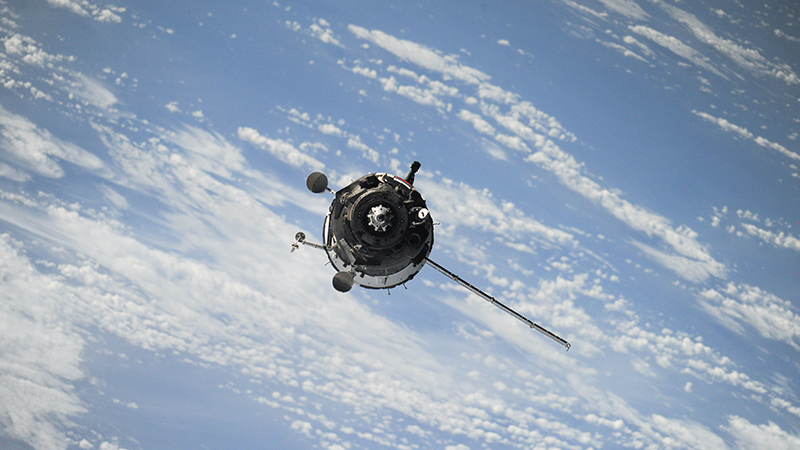Developing new technology in Space Domain Awareness
A new sensor that will better identify and track satellites in orbit in order to ensure they remain in the correct orbit and avoid colliding is a step closer thanks to a new multi-partner project including UNSW Canberra and Clearbox Systems.

